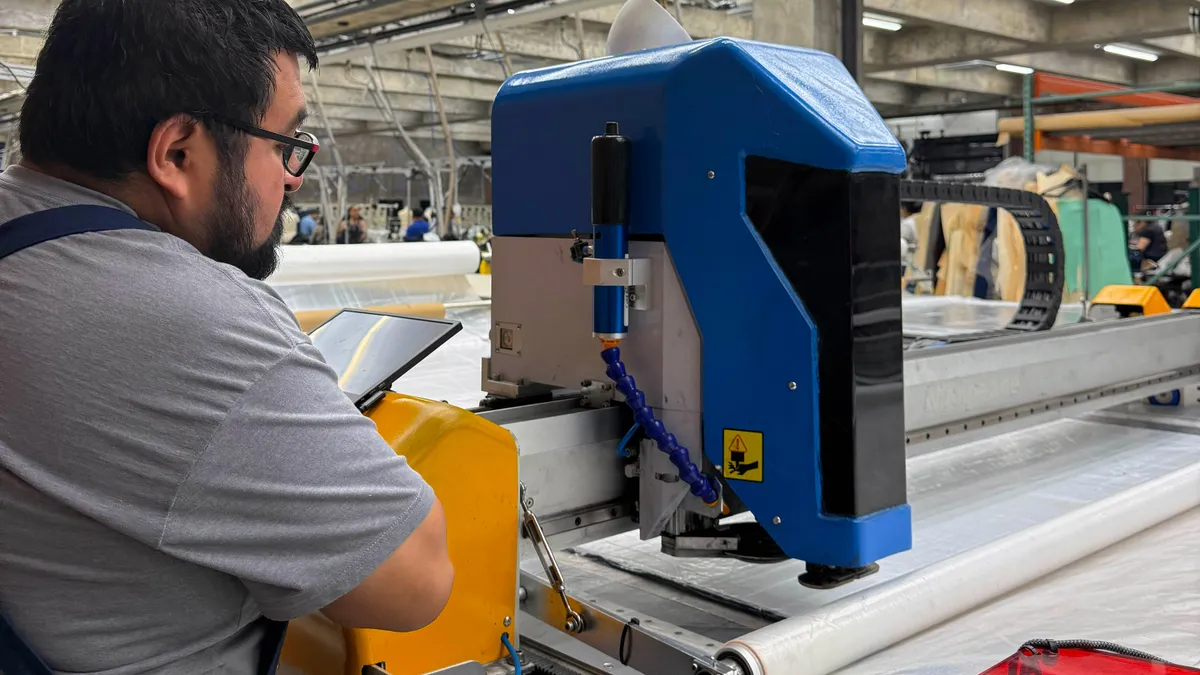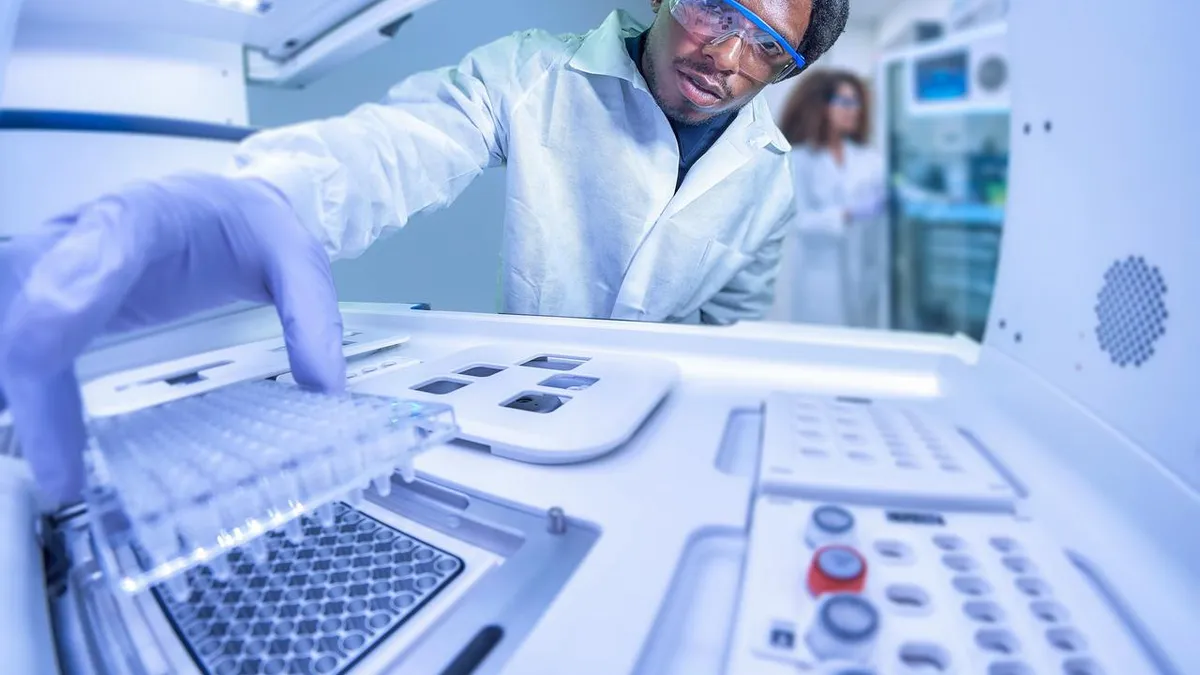Amkor's plans for a $2 billion semiconductor advanced packaging and testing facility in Peoria, Arizona, are moving at “full speed,” President and CEO Giel Rutten said during the company’s Feb. 5 earnings call.
“We are continuing full speed with preparation for the U.S. facility, specifically optimizing the factory design, aligning with our customer base on loading and technology requirement, and working with contractors to plan out the building cycle,” Rutten said.
Amkor first announced the 500,000-square-foot site in December, which will package and test chips produced at a nearby Taiwan Semiconductor Manufacturing Company site, with Apple as the new facility’s largest customer. The plant’s first phase of production is expected to be operational within the next two to three years.
Amkor noted at the time of the announcement that it had applied for federal funding through the CHIPS and Science Act to help pay for the project. Rutten said during the call that the company is communicating with the Biden administration on a weekly basis as it prepares its full application.
While Amkor hasn’t disclosed the amount it’s applying for, the CHIPS and Science Act has promised $39 billion to U.S. companies in grants to manufacturers to finance the construction, expansion and modernization of facilities and equipment.
Amkor has received support from the city of Peoria and the Arizona Commerce Authority but a final development agreement is scheduled to be reviewed by the Peoria City Council early this year.
The Arizona factory is part of a broader operational capacity Amkor is adding to its global manufacturing network. The semiconductor manufacturer opened a new Vietnam manufacturing campus in October, its first in the country and largest site around the globe. Amkor is also expanding its research and development and manufacturing capability in Japan to offer a secure supply chain for automotive semiconductors, including silicon carbide, the company said in the earnings call.
The semiconductor giant also completed construction on an R&D center and packaging plant in South Korea in 2016, which it’s now working to capitalize on.
“During the fourth quarter, our manufacturing organization focused on optimizing capacity for 2.5D technology in Korea, and on qualifying advanced SiP and memory technology in Vietnam,” Rutten said during the call.












